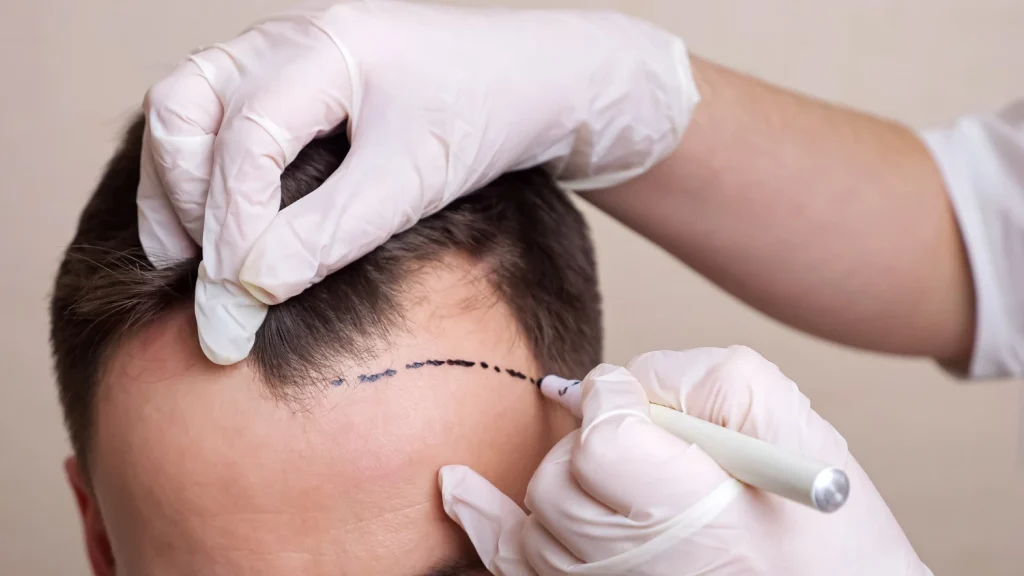Each person loses up to 100 hairs every day. This is considered normal if new and healthy hair grows to replace it. Hair loss is also normal.
There are many reasons for hair loss. The most common cause is hereditary loss. Women may notice hair loss after childbirth, and significant hair loss is also observed with severe stress. Some diseases (thyroid problem, diabetes or lupus), drugs or chemotherapy that can lead to hair loss cannot be ruled out. Poor nutrition or low-protein diets can also be the cause of intense hair loss. If you notice excessive hair loss, you should immediately contact a specialist!
The process of hair loss is accompanied by constant nervousness, which leads to serious and far-reaching psychological disorders.
+90 542 407 7570


Hair loss can be stopped if you contact a specialist in a timely manner. To achieve success in the fight against baldness, it is necessary to find out the cause of the disease, and then choose a method of treatment. Modern medicine has a huge selection of drugs and tools that guarantee a successful outcome of hair restoration. Every year, numerous cosmetic treatments are developed to restore lost hair, which, unfortunately, are ineffective, which cannot be said about the hair transplant procedure.
Hair loss or AlopeciaThe word alopecia refers to a common type of hair loss. The symptom of alopecia starts with thinning of the hair, therefore, leading to their complete loss. Alopecia is not transmitted, and as a rule, this type of disease is a genetic predisposition. Most people who suffer from alopecia are healthy people without any skin problems. Alopecia can manifest at any age: in early childhood, adolescence or as an adult.
Hair loss, called alopecia, is the result of many causes. Hair loss occurs most often on the head, as well as throughout the body. Hair can fall out gradually, in patches or completely. Hair becomes thin, dull, sometimes imperceptibly thinning, leading to complete baldness. Hair loss associated with cancer treatment is temporary, and hair is restored after chemotherapy.
Hair loss is reversible in cases of early treatment of the disease. Androgenetic alopecia is known as male pattern baldness, but it also occurs in women. Hair gradually thins and leads to complete baldness. This type of hair loss is hereditary and passed down from parents.

Androgenetic alopecia (female pattern hair loss) is also known as female pattern baldness. Women are most susceptible to baldness at the time of hormonal changes during menopause. Head hair becomes thinner while facial hair can become activated. The production of new hair stops, although the follicles remain viable. This suggests that hair growth can be restored by awakening dormant follicles. Women can lose hair for the following reasons:
Male pattern baldness usually begins with intense hair loss on the top of the head, which then leads to a bald patch.
The following tips will help you take care of your hair and scalp:
Specify all your questions about hair transplantation. Please fill in all fields carefully and provide as much information as possible about the nuances of your health. Fully informing the specialist will help provide more accurate information!
Copyright © 2022 hairfue.com | hair-med.ru | aesthetictravel.co.uk